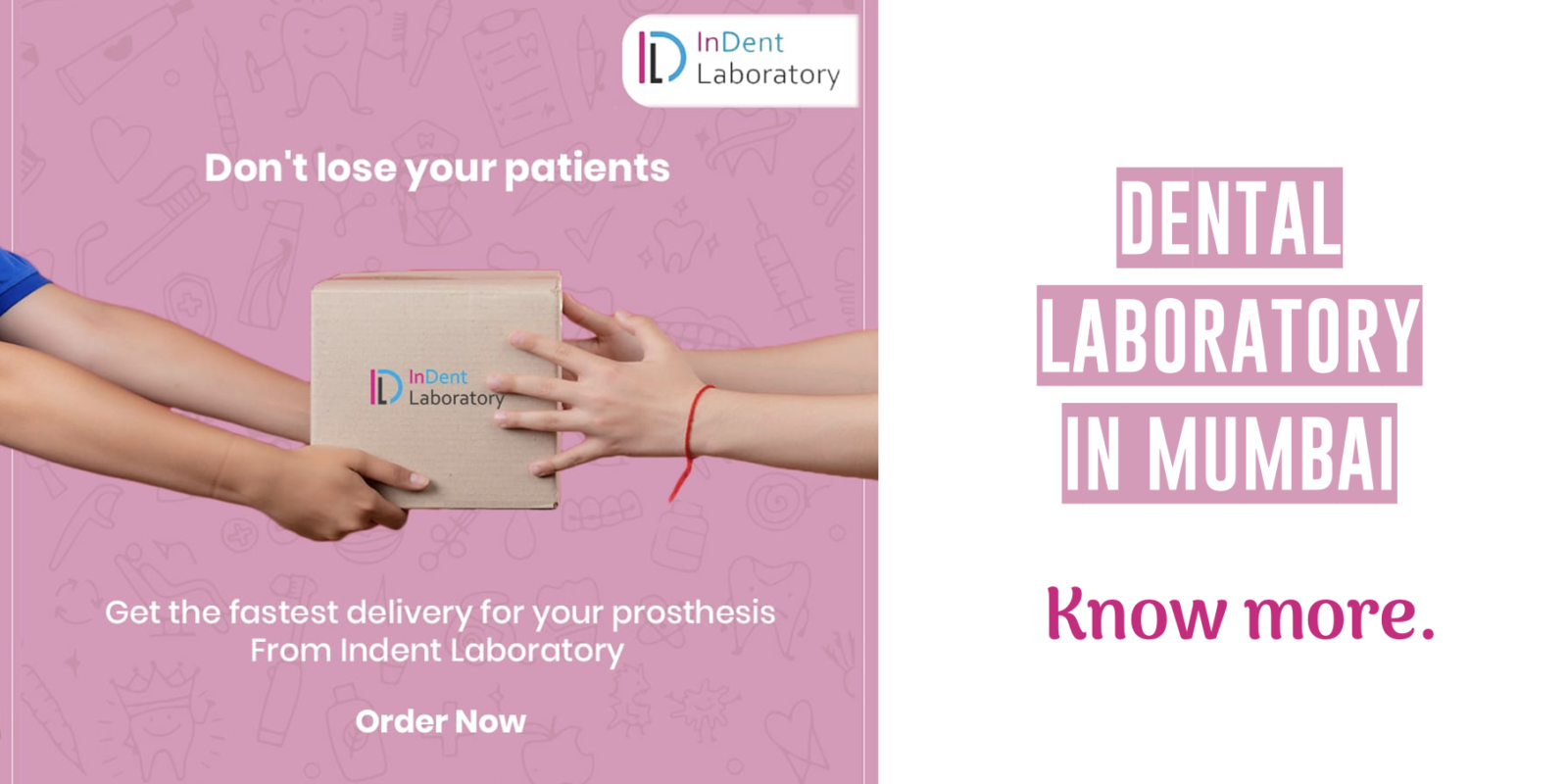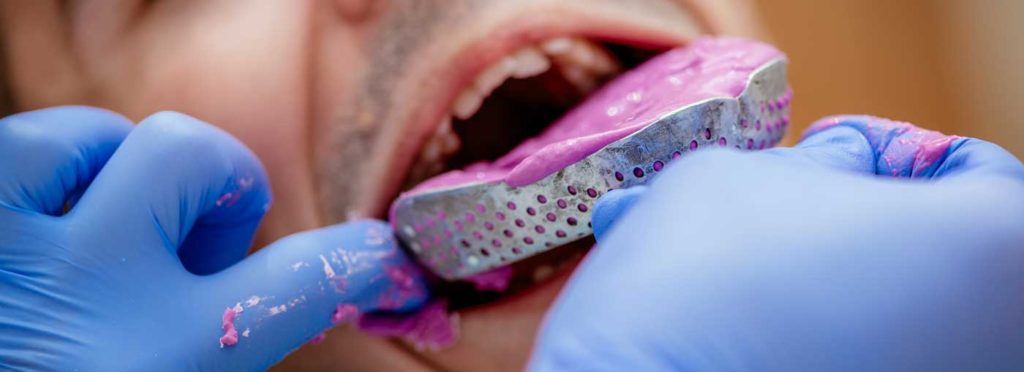Dental laboratory machines are frequently the unsung heroes in the field of modern dentistry, where technology and artistry collide. These complex tools are essential in the background because they shape the accuracy and flawlessness we want from our teeth. Let’s take a closer look at these devices and discover the artistry they offer to the field of dentistry.
Understand Dental Laboratory Machines
The multitude of dental laboratory instruments that labor silently in the background provide the foundation for precision. These devices are the unsung heroes that make every grin a work of art.
CAD/CAM Dental Machine
Dental accuracy is built via CAD/CAM (Computer-Aided Design/Computer-Aided manufacturing) systems. Making accurate three-dimensional models of a patient’s teeth is how they start the process. Thanks to this technology, dentists can create implants, crowns, and bridges with unprecedented precision. The virtual blueprint forms the basis for all other procedures, guaranteeing a personalized strategy based on the particular dental environment of every patient.

3D Printing Dental Machine
The use of 3D printing in dentistry is truly innovative. These printers stack materials to create complex surgical guides and dental models, bringing computer designs to life. According to Dr. Chirag Chamria, this technology improves treatment planning by giving dentists useful tools for accurate interventions. Dental workmanship is enhanced by 3D printing, which can be used for anything from intricate surgical guides to crowns.
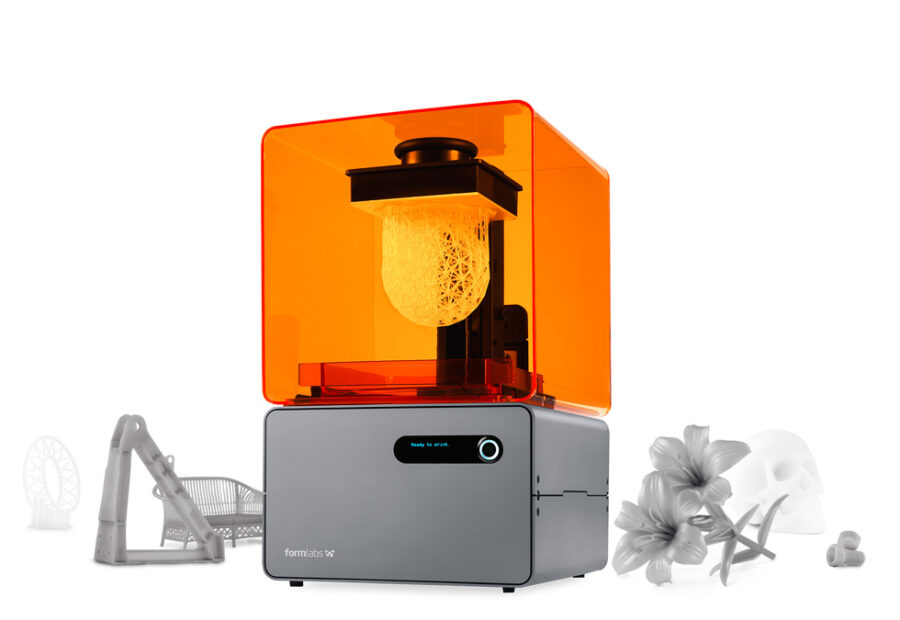
Dental Milling Machines
Following the completion of the virtual design, dental milling equipment became the main focus. With extreme precision, these robots construct dental prostheses from blocks of material. It’s like a sculptor creating a work of art, except with teeth instead of rocks. Dr. Chamria highlights the role that these devices play in producing restorations that blend in perfectly with a patient’s natural teeth.
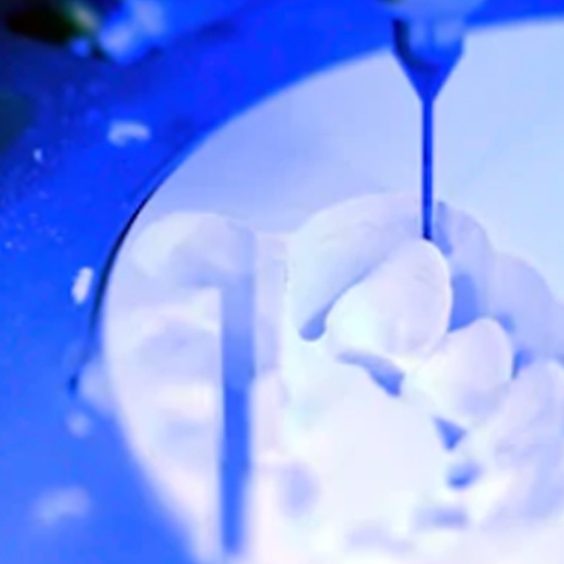
Articulators
Articulators are replicas of the natural movement of the jaw in the realm of dental laboratory equipment. By simulating the complex movements of the human jaw, these tools help dentists adjust occlusion and guarantee that dental restorations are positioned correctly. Dr. Chamria highlights the role articulators play in producing dental outcomes that are not only comfortable and natural-feeling but also useful.
Polishing and Finishing Equipment
The path to a bright smile extends beyond accuracy to include aesthetics. The unsung heroes that perfect the look and feel of dental restorations are polishing and finishing tools. Dr. Chamria emphasizes their responsibility to provide patients with beautiful, functional smiles that are expertly constructed, paying close attention to every last detail.
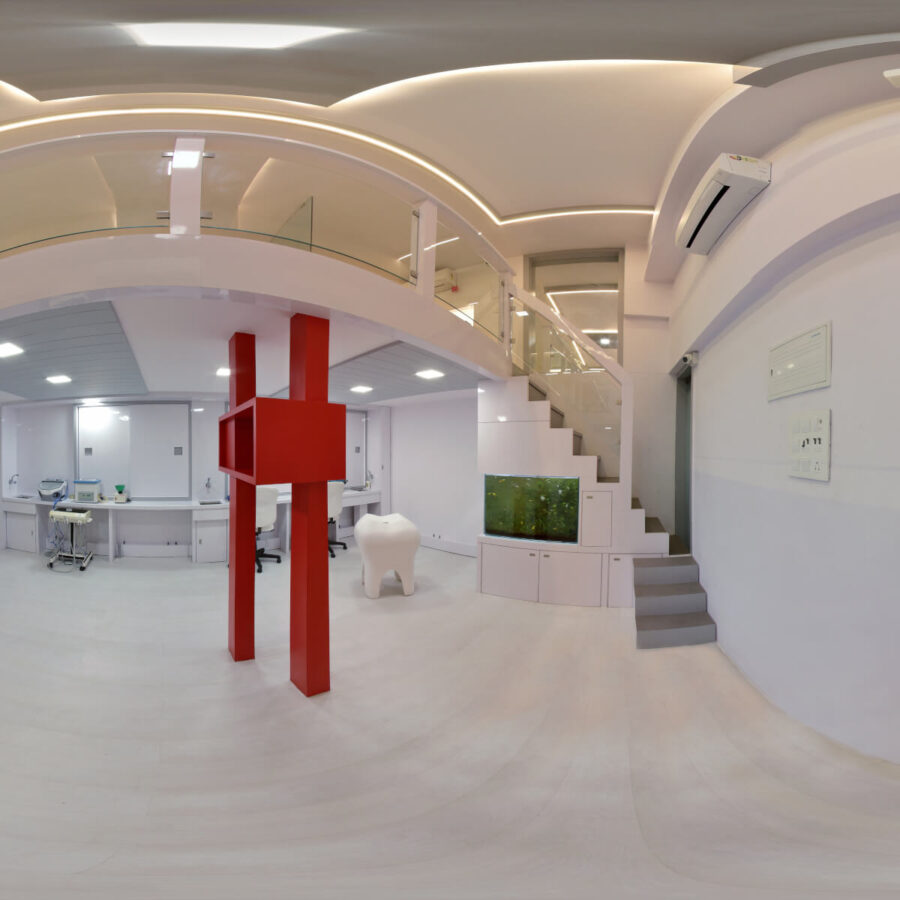
Precision and Efficiency: Dental Laboratory Machines
Precision in Diagnostics
Advanced Imaging Technologies: A new age in diagnostics has begun with the introduction of sophisticated imaging technologies that are effortlessly incorporated into dental laboratory equipment. Intraoral scanners serve as precision’s eyes thanks to their high-definition capabilities. They provide dentists with remarkable clarity as they negotiate the complexity of dental anatomy by capturing minute details of the mouth cavity.
Detailed 3D Models: Step into the digital world of CAD/CAM technologies, where accuracy is realized. By creating intricate 3D models of a patient’s teeth, these devices offer a sophisticated perspective of the oral environment. Expert at Royal Dental Clinics, Dr. Chirag Chamria, highlights how this digital accuracy becomes the foundation of treatment planning, laying the groundwork for customized dental therapies.
Treatment Planning
Customized Restorations: CAD/CAM systems play the role of digital artisans in addition to helping to decipher the complexities of dental anatomy. They create accurate digital designs for dental restorations from 3D models. The significance of this digital accuracy in creating personalised restorations is emphasised by Dr. Chamria. Every aspect is carefully thought out to guarantee that the finished product blends in perfectly with the patient’s distinct oral architecture.
Careful Modifications: The digital world offers unmatched flexibility. Dentists can fine-tune every component of the restoration by making precise alterations to the virtual design. This degree of specificity reduces the possibility of error and guarantees that the treatment plan is exactly tailored to the patient’s requirements.
Automation
Consistency in Milling: Digitally guided dental milling machines are the mainstay in the prosthesis manufacturing process. Consistency in the sculpting process is ensured through automation in milling. Dr. Chamria points out that this approach lowers the potential unpredictability of manual interventions while simultaneously improving accuracy.
Systems for Quality Control: Automation’s application to quality control has expanded. Dental lab equipment with computerised quality control systems carefully examines each and every component of the manufactured prosthesis. By minimizing the possibility of errors, this rigorous examination guarantees that every restoration satisfies the highest requirements.
Enhanced Overall Efficiency
Time Efficiency: Automation speeds up the entire process rather than just protecting against mistakes. More rapid turnaround times are made possible by the increasing efficiency of dental operations. Patients gain from shorter chair times without losing the accuracy of their care.
Streamlined Workflows: Dental laboratories’ workflows are made more efficient by the incorporation of automated equipment. Every stage flows smoothly from digital impressions to the finished restoration, minimizing the possibility of delays and bottlenecks.
Conclusion
Dental laboratory machines are the unsung craftsmen who painstakingly build smiles in the big scheme of dentistry. Patients can be reassured by Dr. Chirag Chamria’s firsthand account of dental care that every crown, bridge, or implant is the result of a harmonious combination of science and artistry, creating smiles that will last a lifetime. Let’s acknowledge the artistry that elevates dental care to the level of an art form and rejects anything short of perfection, as we are in awe of these devices’ incredible precision.

